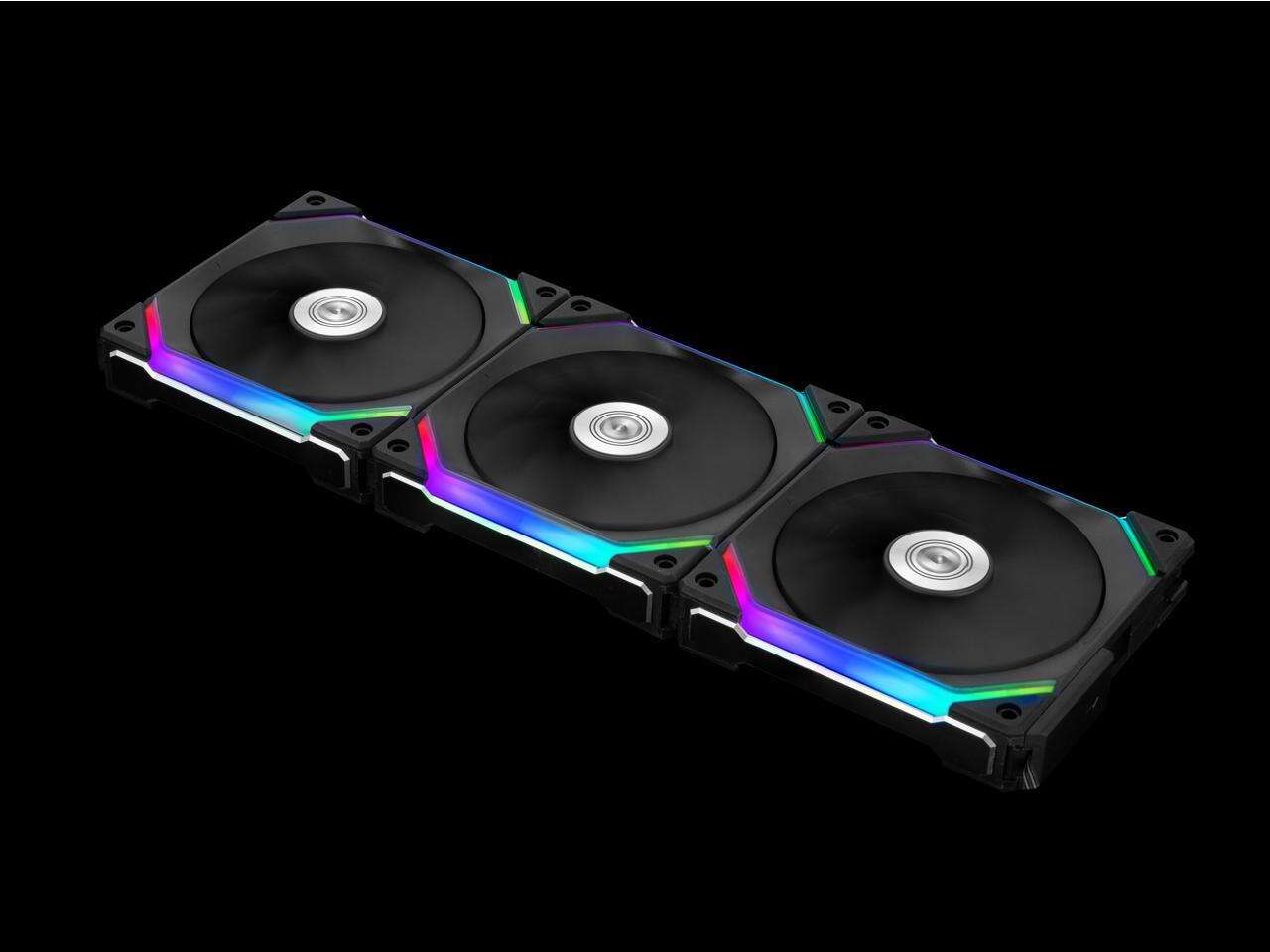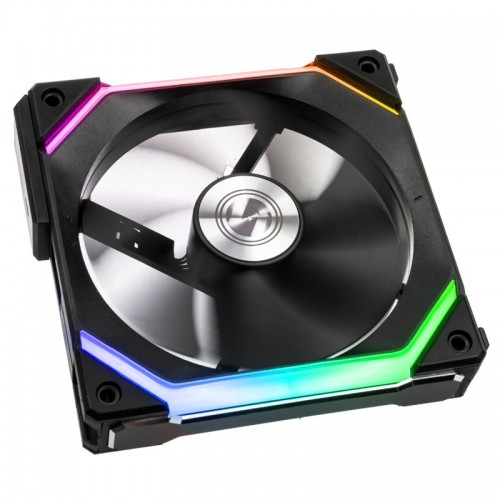

The automatic reaction to this statement well what about all the other stuff, why make the other components hotter ?Ī) if you are concerned about this products, why don't they have water blocks on them ?ī) Which components are we concerned about ? I see nothing in MoBo (30 watts), RAM (5 watts), HD (10 watts), whatever manuals about the dangers / performance impacts of 28C air. I just picked those numbers to make the math easy, but no matter what happens, inside case air will always be warmer than outside air. So 23C air will remove 2 x as much heat from the loop as inside the case air. This is simple math:įans move air thru the radiation and the rate of heat removal is proportional to Delta T so what does the math tell us ?

while there is a gentle rise in an indisturbed environment, that axiom does not apply when the air in your case is doing a 100% changeover every 0.5 to 1.5 seconds. Yes you have to let go of that day in 8th grade earth science when we were by chance paying attention when teacher taught us "hot air rises".

The second law is "radiator fans always blow in. aka eliminate 99% of CLCs from consideration. The 1st law of water cooling is "never mix metals". However, I needed a “splitter” to share this signal with the UNI fans.1. I used the 5-volt, 3-pin addressable RGB headers on my motherboard to control my Lian Li Galahad AIO cooler and Strimer cables.

The system would not recognize it, and I couldn’t use L-connect (or version 2) to control the SL120 UNI fans. Roughly half the time I spent building my new Windows 11 gaming battle station (“Ghost”) went toward troubleshooting the Lian Li UNI fan controller on my Gigabyte B550 Vision D-P motherboard.


 0 kommentar(er)
0 kommentar(er)
